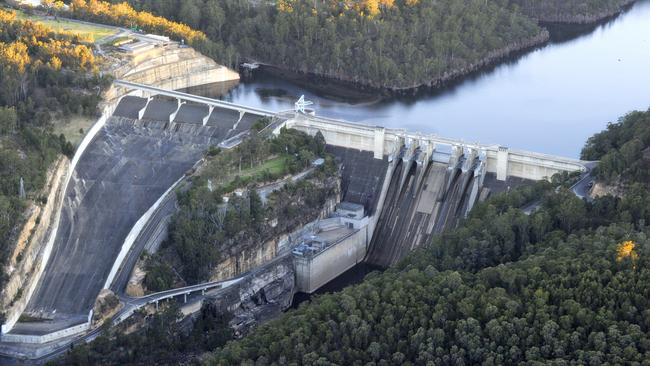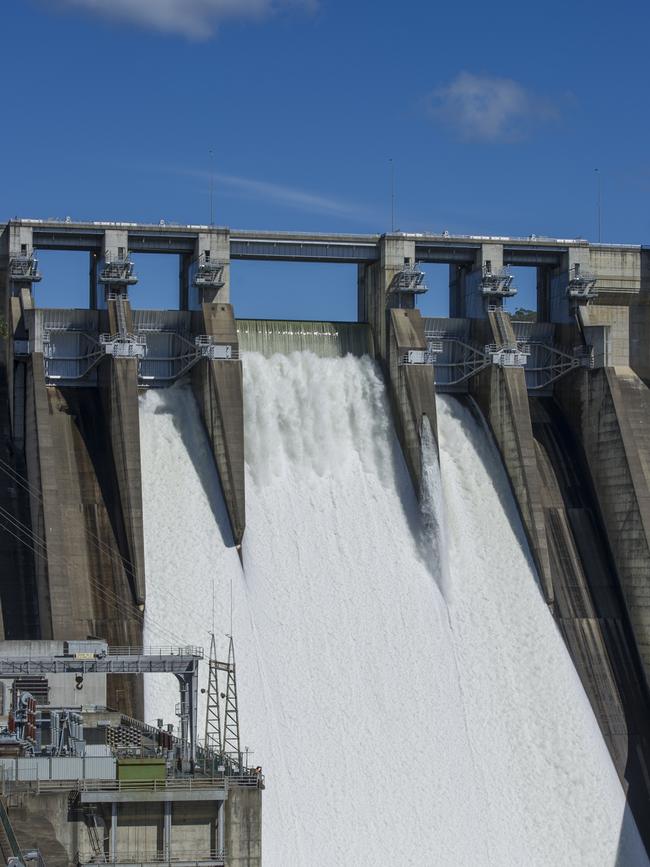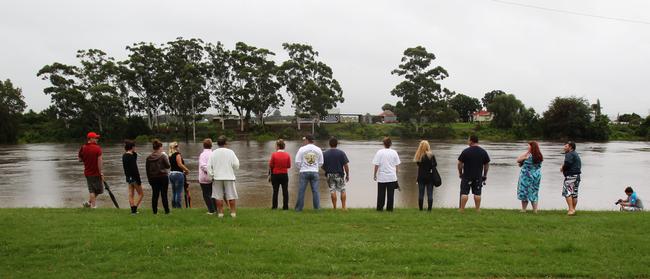State Government reveal other options to protect Hawkesbury, Nepean valley from flooding
SIX reasons why the State Government chose to raise Warragamba Dam have been revealed in a new report, outlining the minimal effect other options had to prevent flood risk.

Hills Shire
Don't miss out on the headlines from Hills Shire. Followed categories will be added to My News.
- Why residents are rejecting the West Schofields plan
- NSW Planning criticised over flood zoning
- Criticism of plans to raise Warragamba Dam wall
SIX reasons why the State Government chose to raise Warragamba Dam have been revealed in a new report, outlining the minimal effect other options had to prevent flood risk.
Proposals to prevent all development in flood zones, lowering the permanent water supply of Warragamba Dam and the voluntary re-purchasing of homes were just some of the ways the NSW Government considered managing the flood-risk across the Hawkesbury and Nepean Valley.

The options, which also included diversions, dredging and levee banks across the two rivers were revealed as the State Government work to finalise a $14.5 million concept design for the raising of Warragamba Dam.
An Infrastructure NSW report revealed the sugested proposals that were considered, while also identifying that raising Warragamba Dam by 14 metres had the “highest benefit” for the Hawkesbury and Nepean flood zones.
The report said raising the dam would “significantly reducing the risk to life downstream, and reducing flood damages by around 75 per cent on average”.
“There are no other flood mitigation measures that can achieve the same risk reduction,” the report said.
Suggestions to lower the permanent water supply level of Warragamba Dam would have reduced water storage by almost 40 per cent, while the re-purchasing of flood risk homes would have seen the State Government buy approximately 12,000 homes.

“Repurchasing these homes to reduce the flood risk would cost billions of dollars, cause massive social upheaval for tens of thousands of people, and new housing areas would need to be developed outside the flood plain,” the report said.
Following the investigation, it was revealed suburbs such as Rouse Hill, Riverstone, Marsden Park, Windsor, Richmond and Penrith would be inundated.
The report came before a State Emergency Services representative told members of an upper house inquiry last week that an additional 134,000 residents, proposed to be introduced through new residential developments, would see “more people exposed to risk”.
“As the evacuation problem increases, the complexity will increase and will be harder to execute,” he said.
Give a Dam spokesman Harry Burkitt said the NSW Government was “unwilling to release the cost benefit analysis behind its decision to raise Warragamba Dam”.
“The NSW Government have two contradictory policies. In one breath they say they want to
save lives on the floodplain, and in the next they plan to allow an additional 134,000 people
to be housed on the very same floodplain,” he said.

While Western Sydney University Economist Dr Margaret Moussa said the justification of the proosal to raise Warragamba Dam “does not comply with the basic procedures required of a cost benefit analysis”.
“If the government thinks raising Warragamba Dam stacks up economically, why do they not
release the very reports that informed their cost benefit analysis in the first place,” Dr Moussa said.
Dr Moussa said the government fails to quanity the impact of future floodplain development and failed to consider alternative flood management solutions submitted by flood and water experts.
Western Sydney Minister Stuart Ayres said the project was working to build resilence and mitigate against future floods.
“If a flood like the Brisbane Flood in 2011 hit our region 5,000 homes would be impacted, there would be over $2 Billion in damages and 64,000 people would need to evacuate,” he said.
Construction is proposed to commence from 2020.

